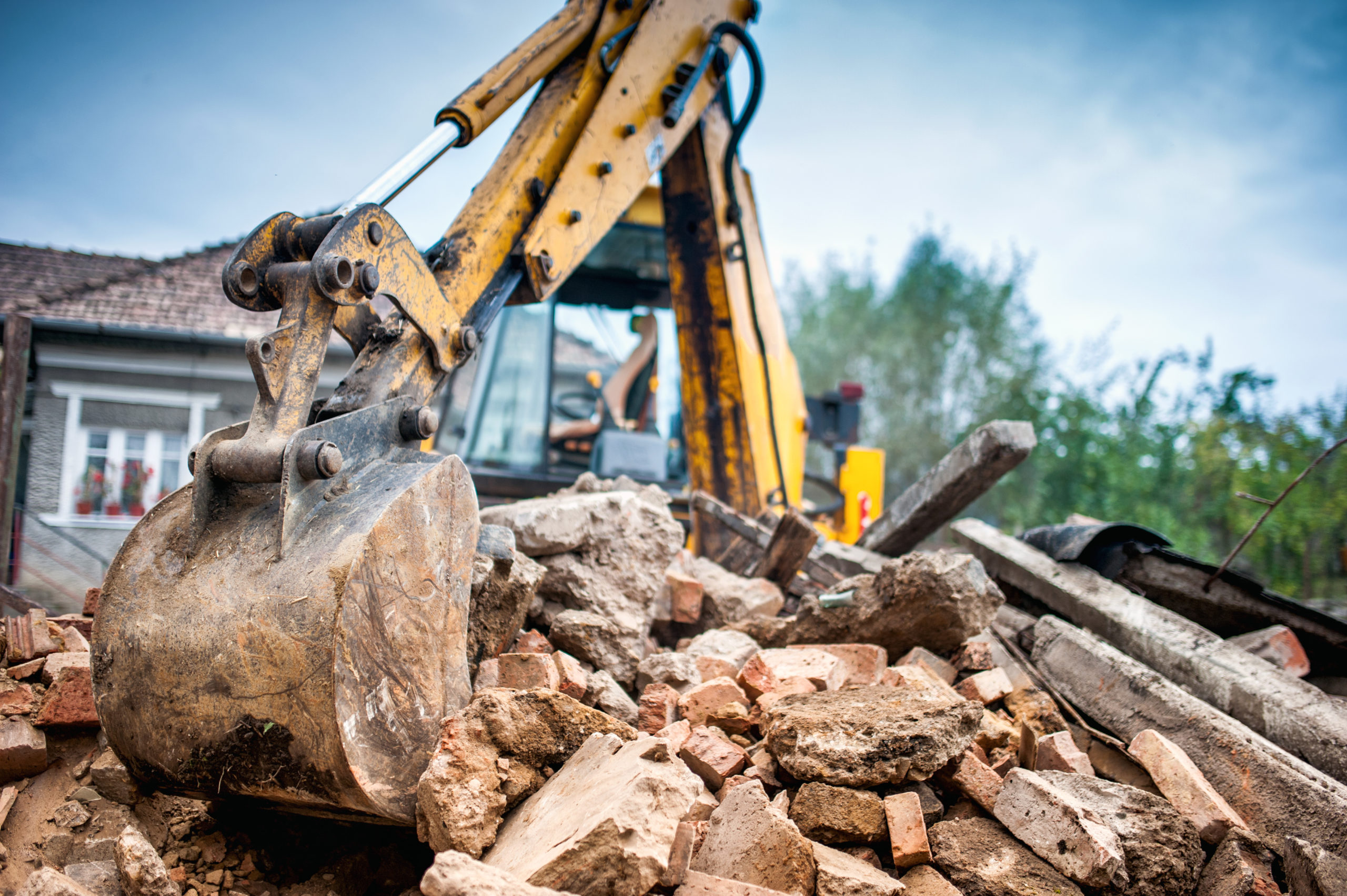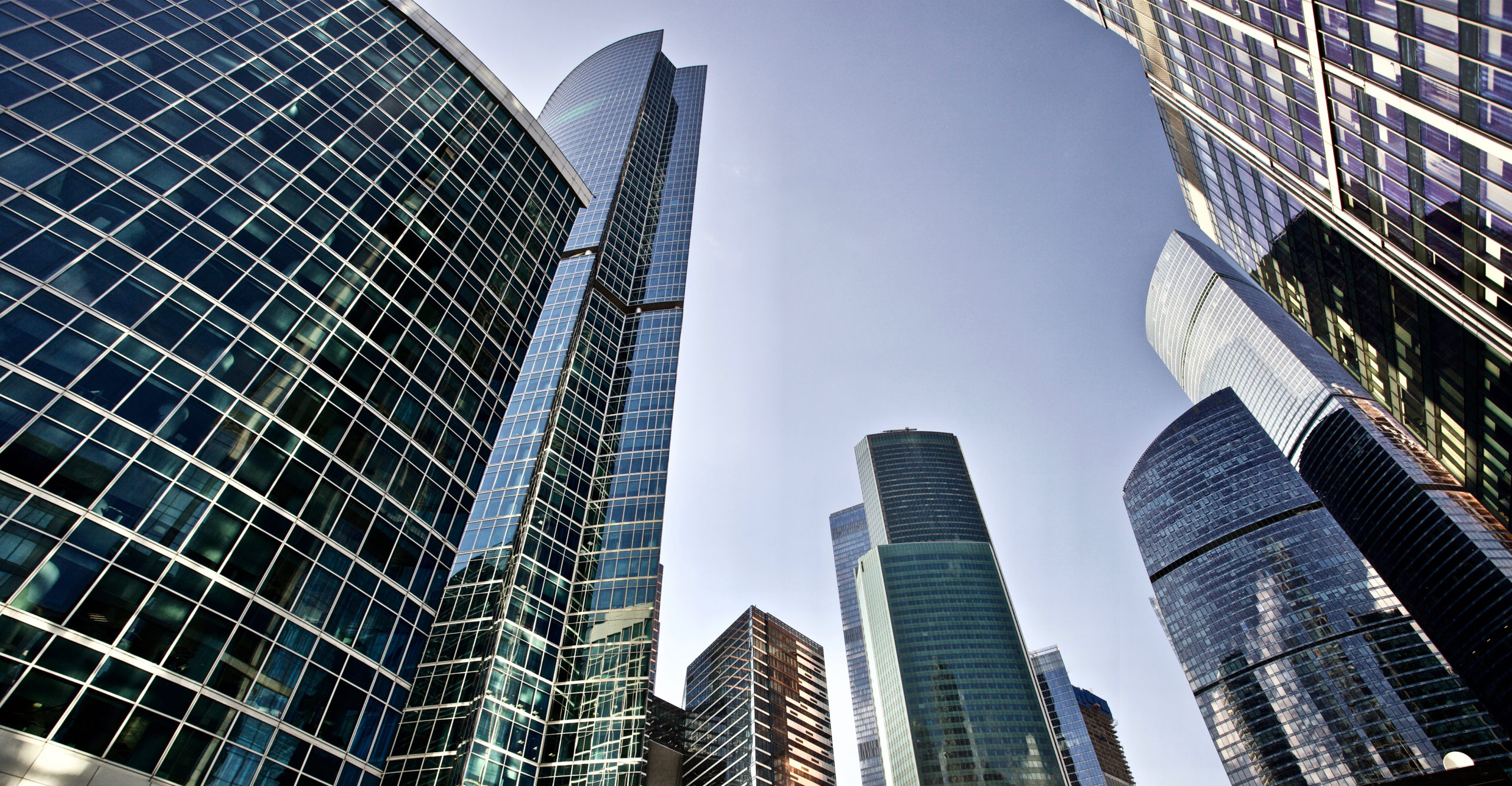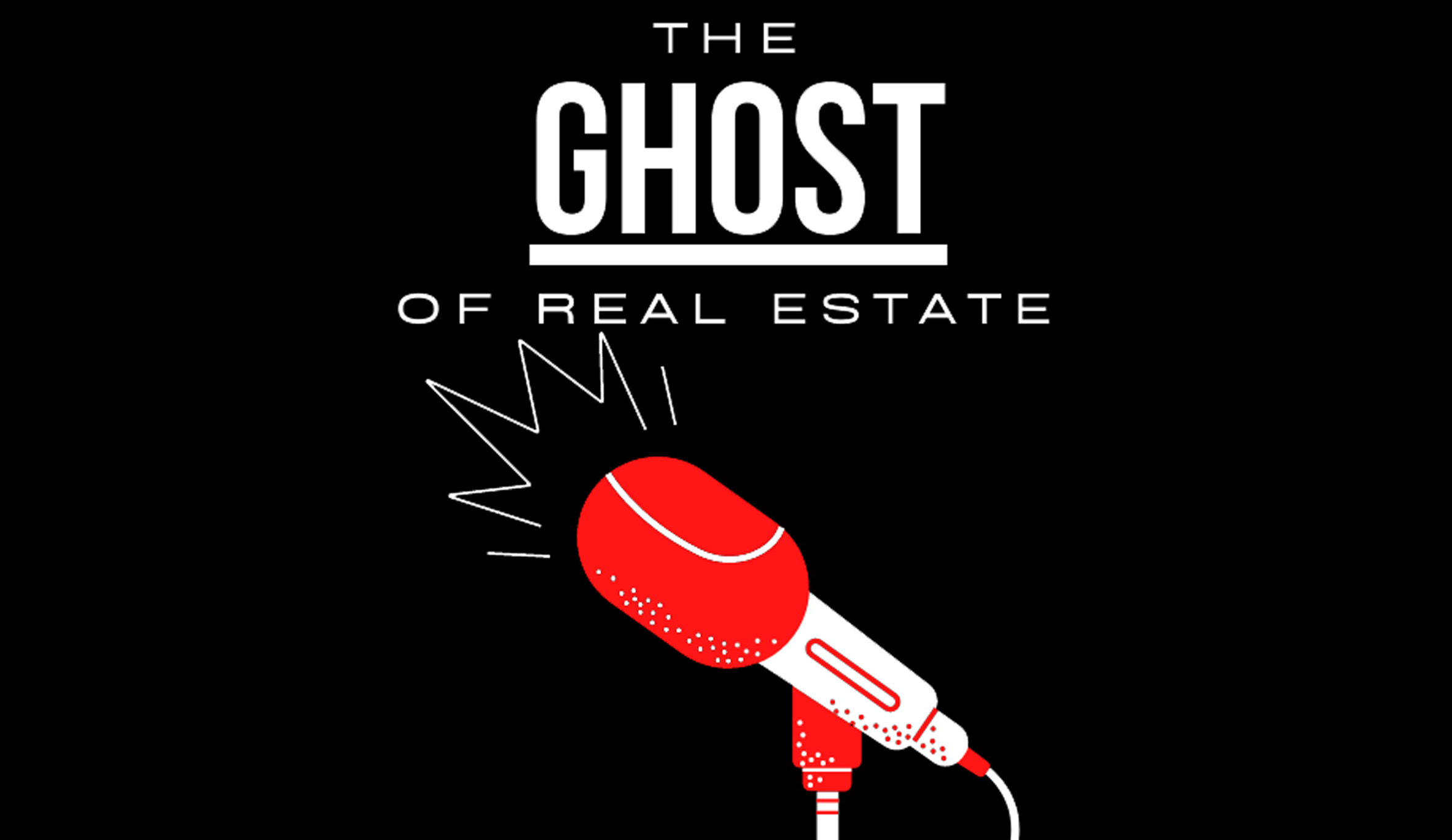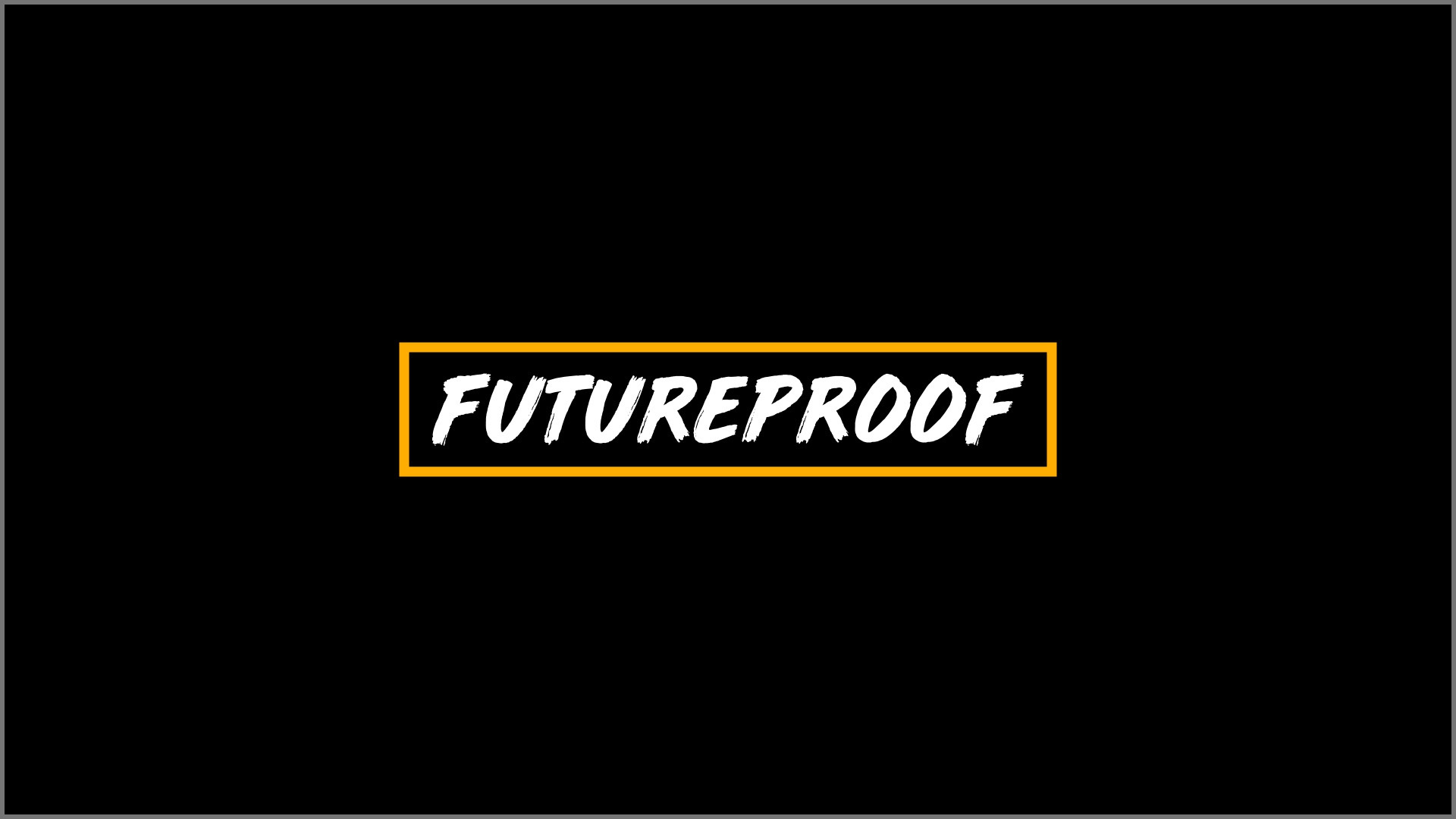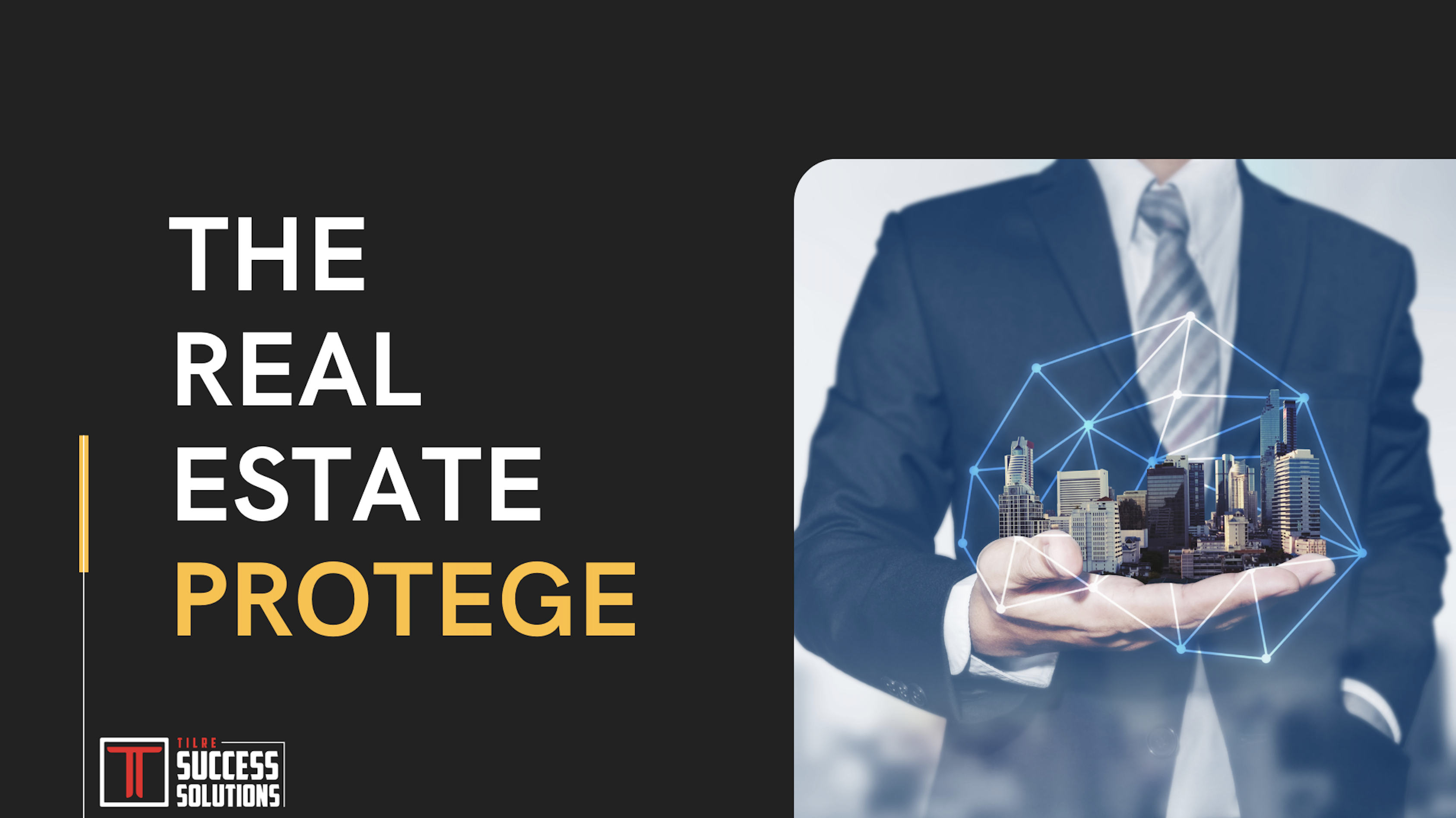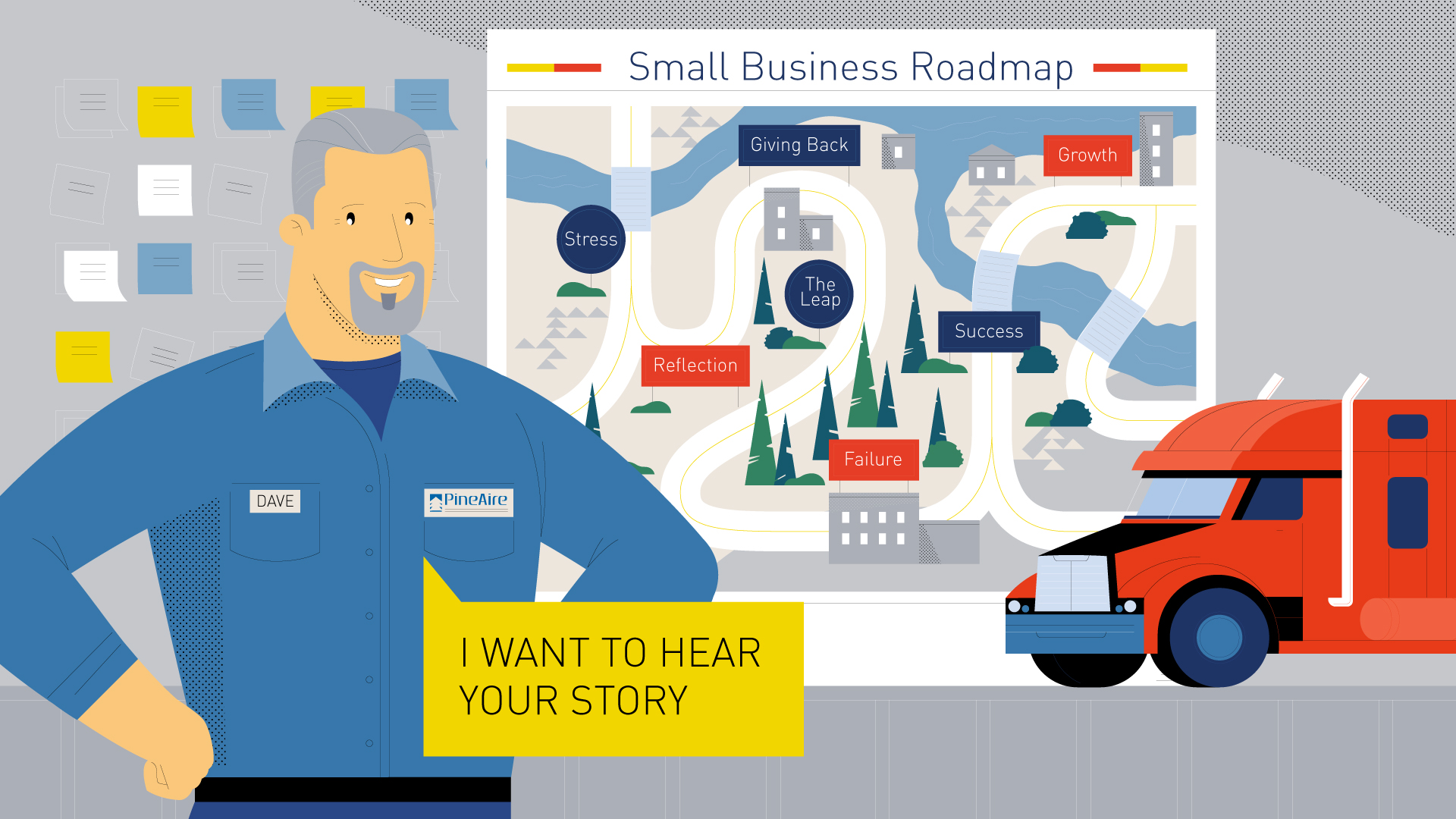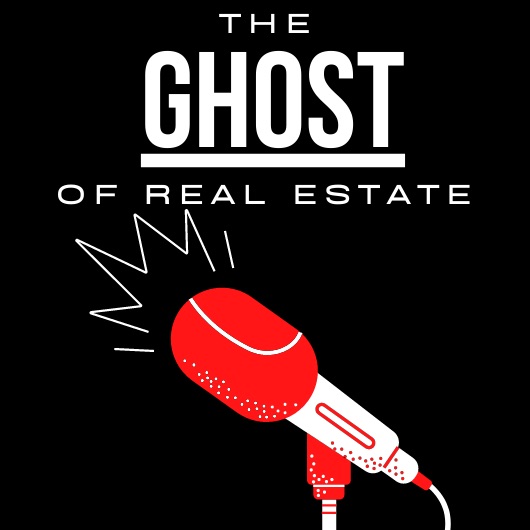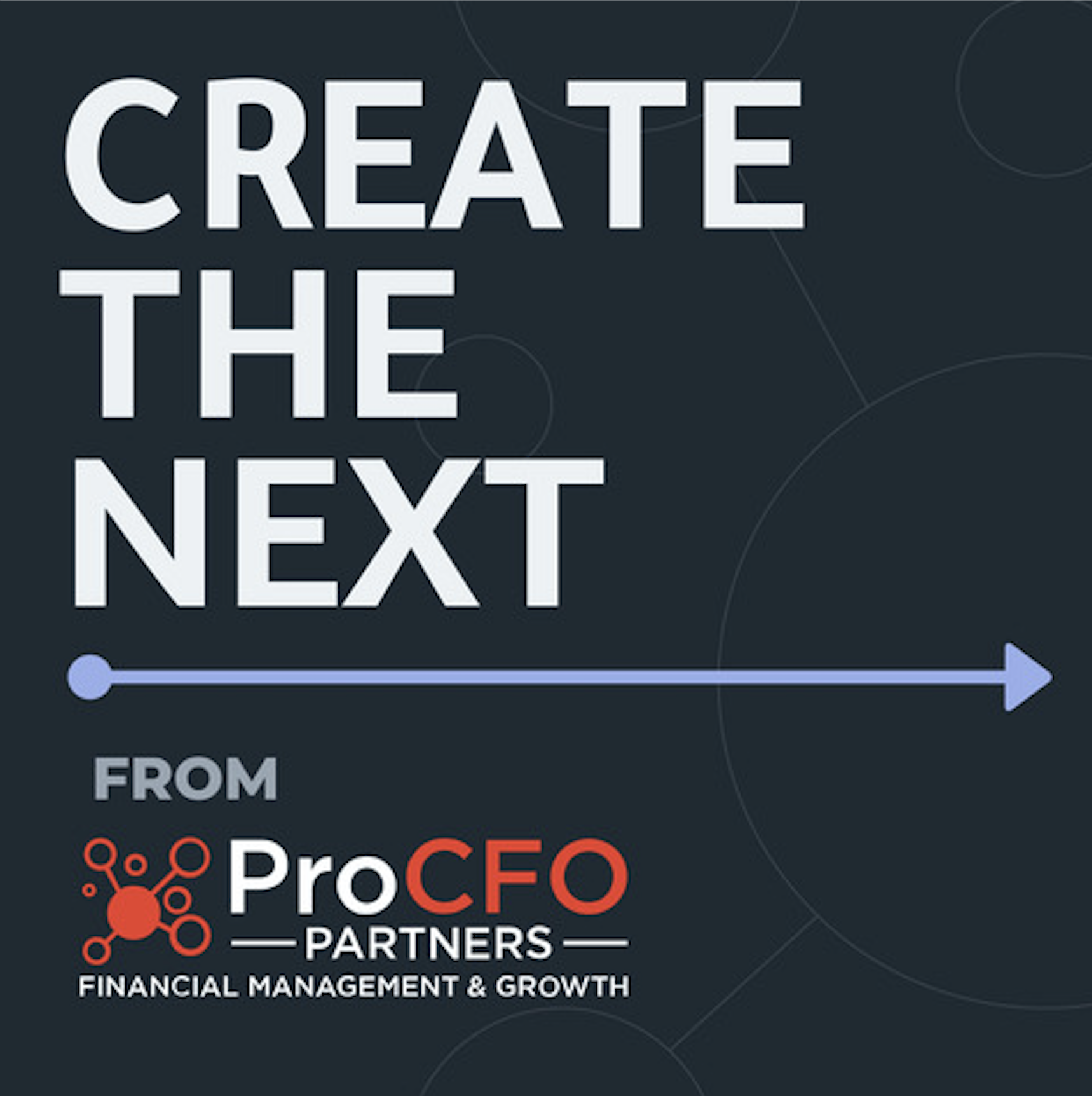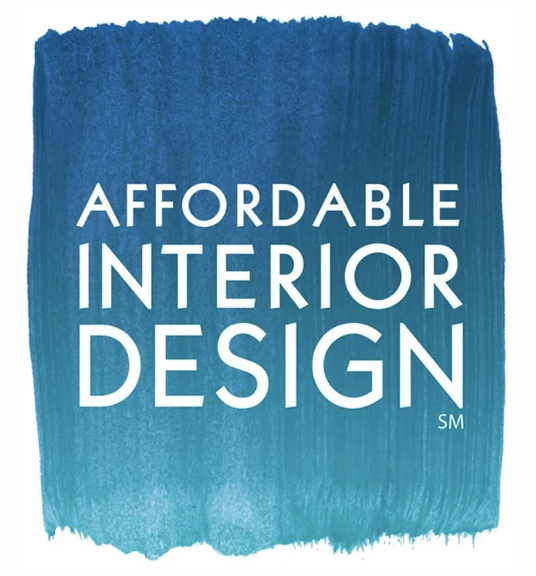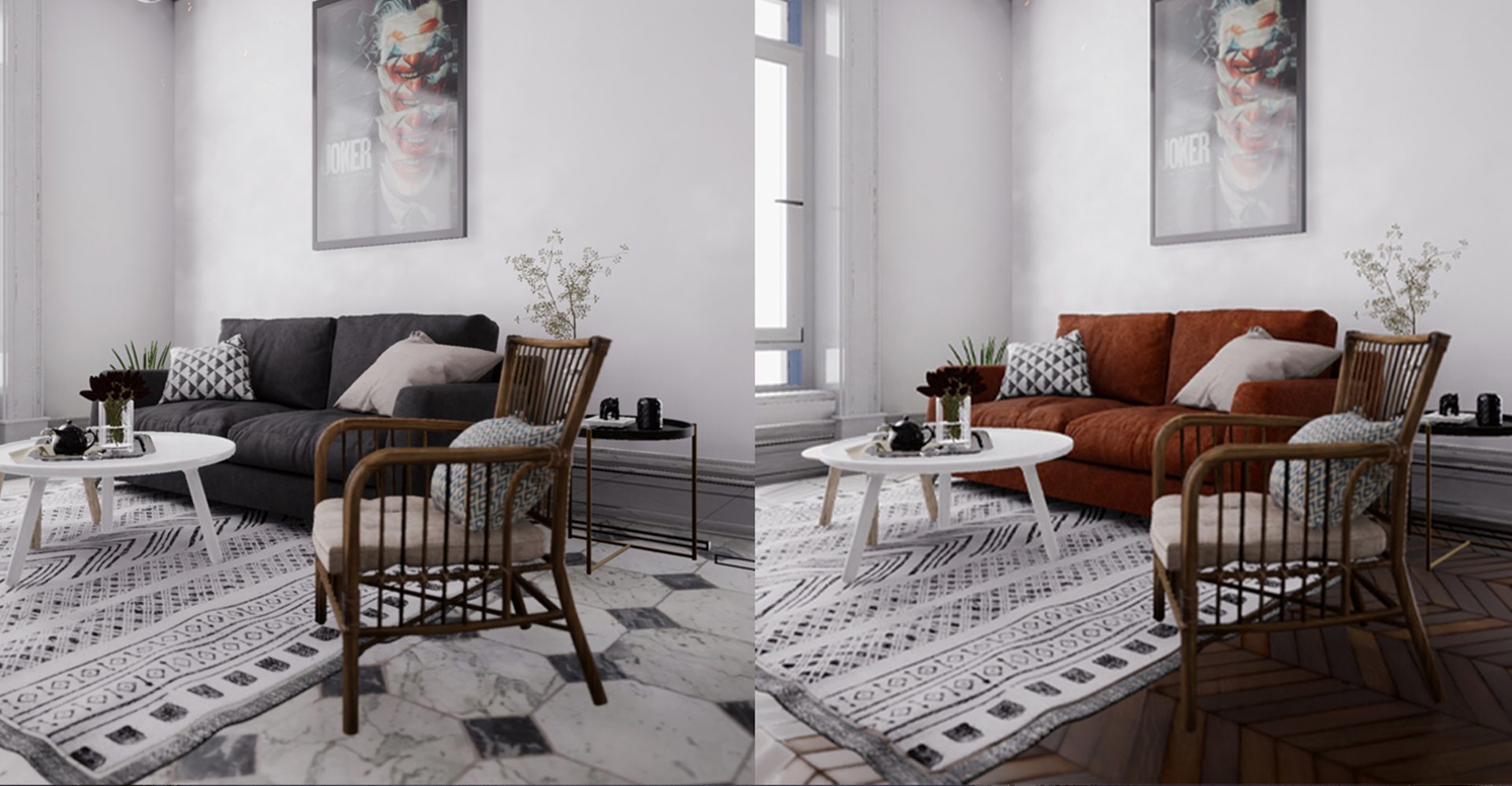
April 2020
4 Min Read
Virtual Reality & Its Application to Real Estate: Part Two
In the previous blog, I covered the emergence of virtual reality as a powerful tool for the pre-visualization of real estate spaces. I also highlighted some of the crucial elements of VR. Now we will explore some additional benefits that make VR a robust tool for the real estate industry.
Multi-Asset Creation from VR experience
Clients typically commission a project that produces either renderings and/or animation. When you build a VR experience you can extract multi-purpose media from the VR project that includes video and still renderings.
Due to having the full view of the space, clients can choose whatever areas of that space to view as a rendering or feature in an animated video. Below is a sample project that Marketing Reel built that illustrates some renderings and animations that are pulled from the project. This is different from a traditional 3d rendering/animation project where only a 180° view is modeled. That means that if you wanted to show another part of a space you would have to pay for an additional rendering/animation in order to see that area.
Lightning Fast Rendering Times
One of the main competitive advantages of VR compared to traditional 3d rendering/animations is that VR produces the export of high-quality 3d renderings and motion videos in less time and at a fraction of the cost. This is because they are built-in separate software programs. For instance, the 3d animation program often requires several days and hundreds if not thousands of dollars to export certain animations out of the program into a video file that people can watch.
Within the program that a VR experience is built-in, renderings and animations are processed instantaneously, resulting in time-efficient turnarounds and cost savings. Ultimately, short production schedules translate into cost-effective advantages for the client.
Product Variation
Within the VR experience, you are now able to switch between various products within the space. For example, different types of flooring can be swapped out before your eyes in order to see how they would look in a certain area. Viewers can mix and match at their convenience and find what fits their needs and preferences. This level of customization is a game-changer for developers and interior designers who are looking to test products in a virtual environment before committing to a physical product. No more buying a specific tile purely based on the interior designer and developers’ opinion. Now you can test our various types of tiles and see which speaks most to your end-user prior to making a larger purchase.
User Analytics
Recently, VR headsets are now equipped with eye-tracking technology that records what users see and for how long. This is achieved through heat mapping and gaze tracking. This allows clients the opportunity for invaluable insights into user intent. This technology and its application are evolving every day.
Social Shareability
One of the previous disadvantages of creating VR experiences for real estate was that it required a high powered computer to experience it using a VR headset. It was not possible to have the same experience on a regular desktop, laptop or mobile device. However, recent advancements in technology have made it possible to easily share these experiences so that they can be viewed on desktops, laptops, and mobile devices. A company called Furioos, has created a first of its kind platform that streams your VR experience onto any device with an internet connection without loss of functionality i.e. the same experience you would get while using the headset.
Conclusion
Advancements in technology make it so that VR provides a fully immersive, explorable and shareable experience for the exploration of real estate spaces. This among other benefits make it a superior experience when compared to 3d renderings/animation as well as 360° live video tours. VR is now hitting its maturity and with the recent ability to stream the experience on your desktop, laptop, and mobile device, users can experience unparalleled immersion, interactivity and actionable analytics within real estate spaces.







